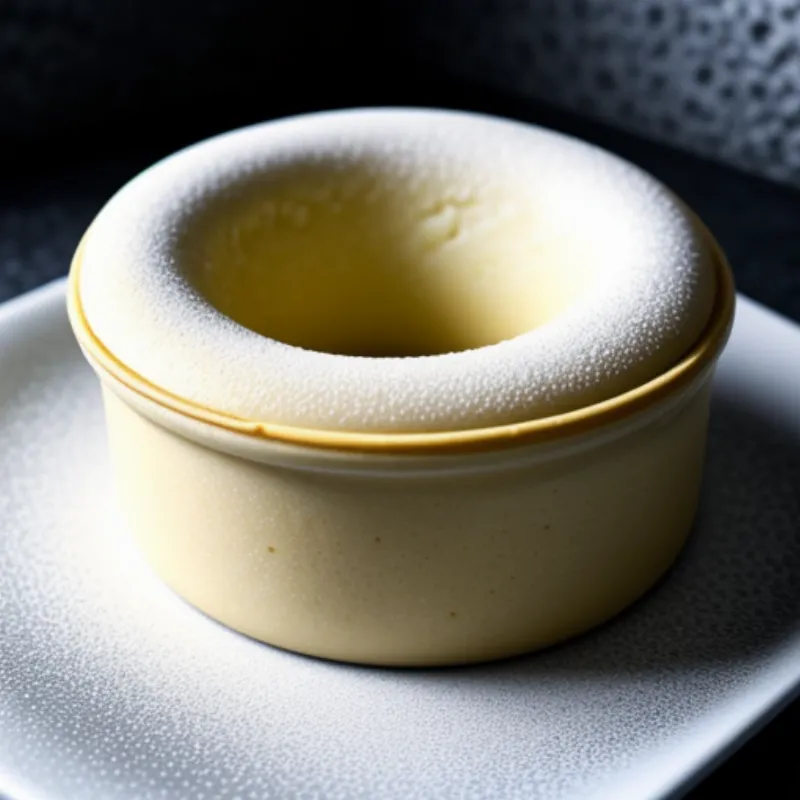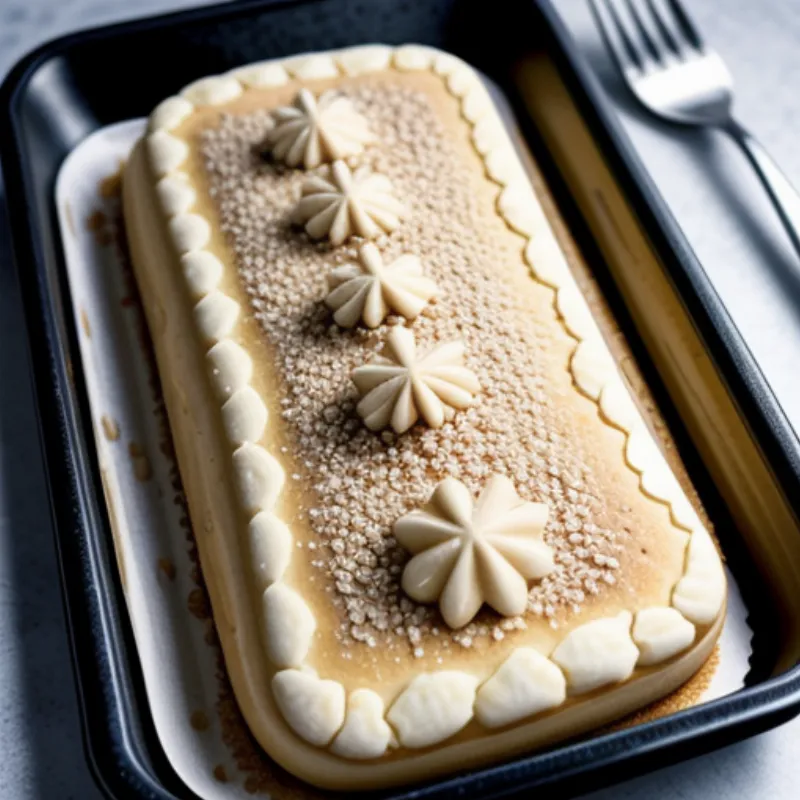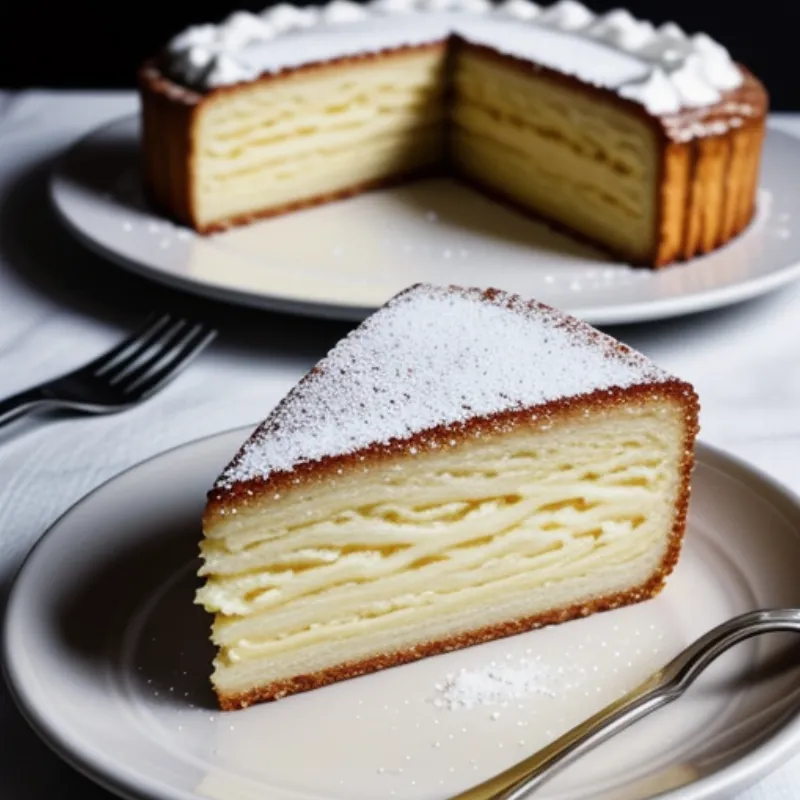German Butter Cake, also known as Butterkuchen, is a delightful treat that’s sure to win hearts (and stomachs!) with its tender crumb, buttery flavor, and irresistible sugary topping. Imagine a cross between a cake and a coffee cake, with a touch of vanilla and almond extract weaving magic into every bite. If you’re looking for a baking project that’s as impressive as it is delicious, look no further! This recipe will guide you step-by-step to create your very own German Butter Cake masterpiece.
Unveiling the Secrets of German Butter Cake
Before we dive into the recipe, let’s take a quick trip to Germany, where this delectable cake originated. While its exact history is shrouded in the mists of time, Butterkuchen has been a beloved staple in German bakeries for centuries. It’s often enjoyed during coffee breaks, afternoon tea, or as a special treat on festive occasions.
What makes German Butter Cake so special?
It’s all about the unique combination of a rich, buttery yeast dough and a sweet, crunchy topping. The dough is typically enriched with eggs, butter, and sometimes milk or cream, resulting in a tender, melt-in-your-mouth texture. The topping, often made with melted butter, sugar, and sliced almonds, adds a delightful crunch and a burst of sweetness that perfectly complements the soft cake.
Ready to embark on your German Butter Cake adventure? Let’s gather our ingredients and get baking!
Ingredients for Baking Bliss
For the Dough:
- 4 cups all-purpose flour, plus extra for dusting
- 1 packet (2 1/4 teaspoons) active dry yeast
- 1/2 cup granulated sugar
- 1/4 teaspoon salt
- 1 cup warm milk (about 100-110°F)
- 2 large eggs
- 1 teaspoon vanilla extract
- 1/2 cup (1 stick) unsalted butter, melted and cooled
For the Topping:
- 1/2 cup unsalted butter, melted
- 1/2 cup granulated sugar
- 1/4 cup sliced almonds
- 1 teaspoon vanilla extract
- 1/2 teaspoon almond extract
Tools of the Trade
- A large mixing bowl
- A stand mixer (optional, but highly recommended)
- Measuring cups and spoons
- A whisk
- Plastic wrap
- A 9×13 inch baking pan
- A small saucepan
- A pastry brush
Step-by-Step Baking Guide
1. Creating the Foundation: The Dough
-
Activate the Yeast: In the large mixing bowl, combine the warm milk, sugar, and yeast. Give it a gentle stir and let it sit for about 5-10 minutes, or until the yeast is foamy. This indicates that the yeast is alive and ready to work its magic!
-
Combine the Wet Ingredients: To the yeast mixture, add the melted butter, eggs, and vanilla extract. Whisk everything together until well combined.
-
Incorporate the Dry Ingredients: Gradually add the flour and salt to the wet ingredients, mixing with a wooden spoon or the dough hook attachment of your stand mixer.
-
Kneading Time: Once all the flour is incorporated, knead the dough for about 5-7 minutes, either by hand on a lightly floured surface or using the dough hook attachment. The dough should be smooth, elastic, and slightly tacky to the touch.
-
First Rise: Place the kneaded dough in a lightly greased bowl, turning it once to coat all sides. Cover the bowl with plastic wrap and let the dough rise in a warm, draft-free place for about 1 hour, or until doubled in size.
 Golden Yeast Dough Rising in a Bowl
Golden Yeast Dough Rising in a Bowl
2. Building Flavor: The Second Rise
-
Punch Down the Dough: Gently punch down the risen dough to release any air bubbles.
-
Prepare the Baking Pan: Grease a 9×13 inch baking pan with butter or cooking spray.
-
Shape and Place the Dough: Transfer the dough to the prepared pan and spread it evenly using your fingers or a rolling pin.
-
Second Rise: Cover the pan with plastic wrap and let the dough rise again in a warm place for another 30 minutes. This second rise will give the cake its light and airy texture.
3. The Sweet Finale: The Topping
-
Preheat the Oven: While the dough is on its second rise, preheat your oven to 350°F (175°C).
-
Make the Topping: In a small saucepan, melt the butter over low heat. Stir in the sugar, vanilla extract, and almond extract until the sugar is dissolved and the mixture is smooth.
-
Create the Indentations: Once the dough has finished its second rise, use your fingers to make indentations all over the surface.
-
Add the Topping: Pour the melted butter mixture evenly over the dough, making sure it seeps into the indentations.
-
Sprinkle with Almonds: Sprinkle the sliced almonds over the top.
 Unbaked German Butter Cake with Almond Topping
Unbaked German Butter Cake with Almond Topping
4. Baking to Perfection
-
Bake: Bake for 25-30 minutes, or until the cake is golden brown and the topping is bubbly.
-
Cool Slightly: Remove the cake from the oven and let it cool in the pan for about 10-15 minutes before slicing and serving.
 Slices of German Butter Cake on a Plate
Slices of German Butter Cake on a Plate
Tips and Tricks from a Baking Enthusiast
-
Milk Temperature is Key: Ensure your milk is warmed to the right temperature (100-110°F) to activate the yeast properly. Too hot, and you’ll kill the yeast; too cold, and the dough won’t rise.
-
Don’t Overknead!: While kneading is crucial for developing gluten, avoid overkneading the dough, as this can make the cake tough.
-
Customize Your Toppings: Feel free to get creative with the toppings! You can use chopped pecans, walnuts, or even a sprinkle of cinnamon sugar instead of almonds.
-
Storage Tips: Leftover German Butter Cake can be stored at room temperature in an airtight container for up to 3 days.
FAQs: Your German Butter Cake Questions Answered
Q: Can I use salted butter instead of unsalted butter?
A: While you can use salted butter in a pinch, it’s always best to use unsalted butter in baking, as it allows you to control the salt content in your recipe. If you do use salted butter, simply omit the additional salt called for in the recipe.
Q: My dough isn’t rising. What could be wrong?
A: There could be a few reasons why your dough isn’t rising. The most common culprit is inactive yeast. Make sure your yeast is fresh and that your milk is at the correct temperature (100-110°F) to activate the yeast.
Q: Can I freeze German Butter Cake?
A: Yes, you can freeze German Butter Cake! Wrap the cooled cake tightly in plastic wrap and then aluminum foil, and freeze for up to 2 months. Thaw overnight in the refrigerator before serving.
A Sweet Conclusion to Your Baking Journey
Congratulations! You’ve successfully baked a delectable German Butter Cake. Share this sweet treat with loved ones, or savor it all to yourself. There’s no wrong way to enjoy this slice of heaven!
Craving more German-inspired treats? Check out our recipes for Baumkuchen and Bienenstich, two other classic German desserts that will tantalize your taste buds!
